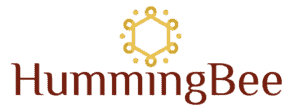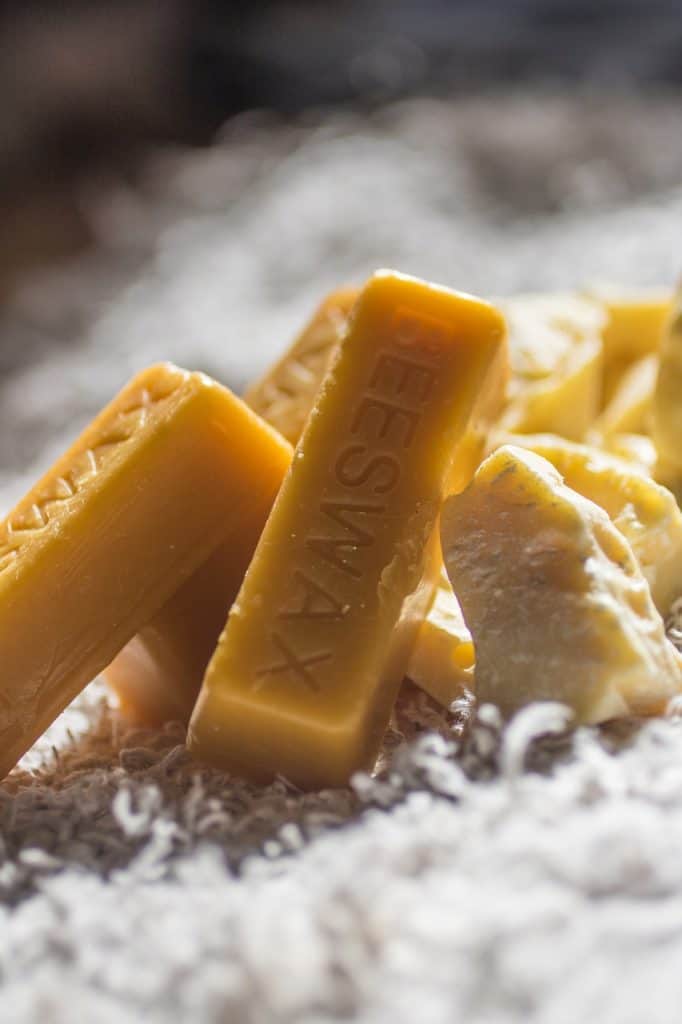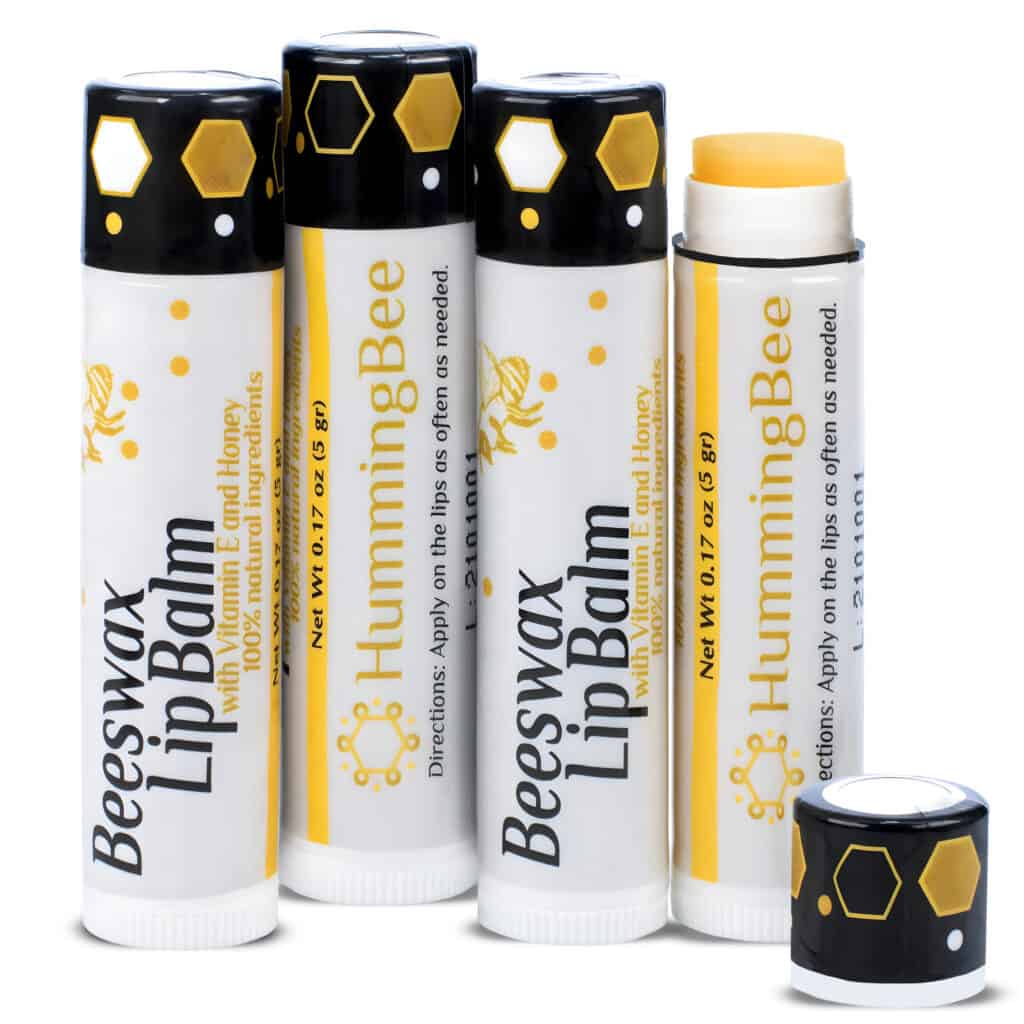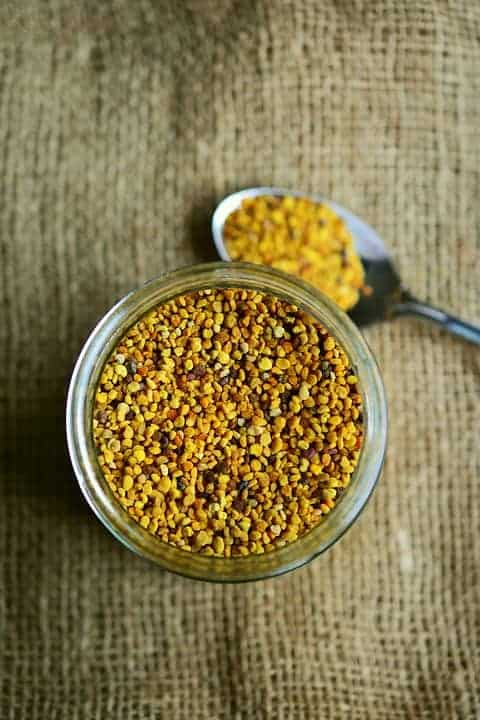So far, we´ve talked about Bee Pollen, Propolis, and Honey. These three are the only ones bees collect from nature and somewhat transform from all the bee products.
However, other products that bees produce themselves from specialized glands in their bodies are Royal Jelly, Beeswax, and Venom.
We´ll talk about the last two in future posts; let´s dive deep into Royal Jelly´s facts.
Where does Royal Jelly come from?
Royal Jelly (RJ) is a white secretion from the Hypopharyngeal (HfGld) (That’s a mouthful) glands located in the head of worker bees.
Young worker bees (8-12 days) have these glands developed the most, and they produce the RJ to feed young larvae. Larvae are fed this “milk” from day 1 to 3, except for larvae that will transform into a queen.
The latter larvae are provided with RJ in ample amounts during the whole larval period that lasts five days. This royal substance is rich in proteins, fats, sugars, vitamins, and minerals paramount to the development of bees.

Visit our Amazon Store for the whole HummingBee lineup of Bee Products
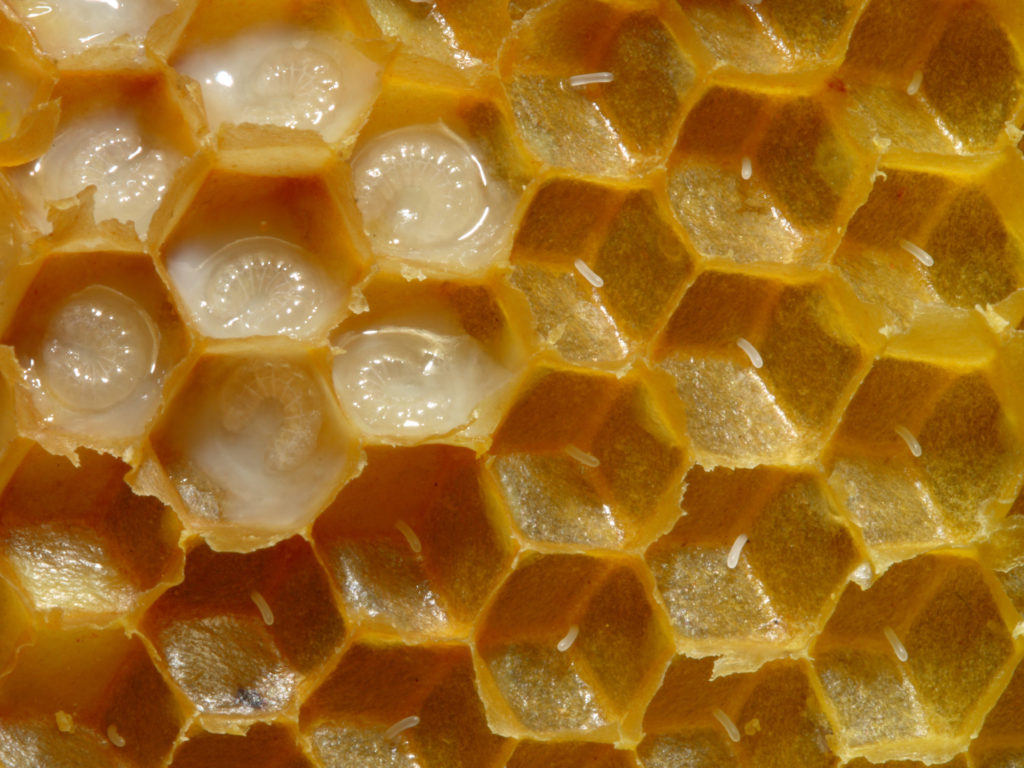
How is Royal Jelly harvested?
Beekeepers can induce honeybees to produce larger amounts than average to harvest RJ commercially.
For this to happen, the beekeeper has to transfer larvae from their cells to plastic or wax queen cups to simulate a developing queen, so bees will fill these cells with sufficient amounts to be collected (See image below).
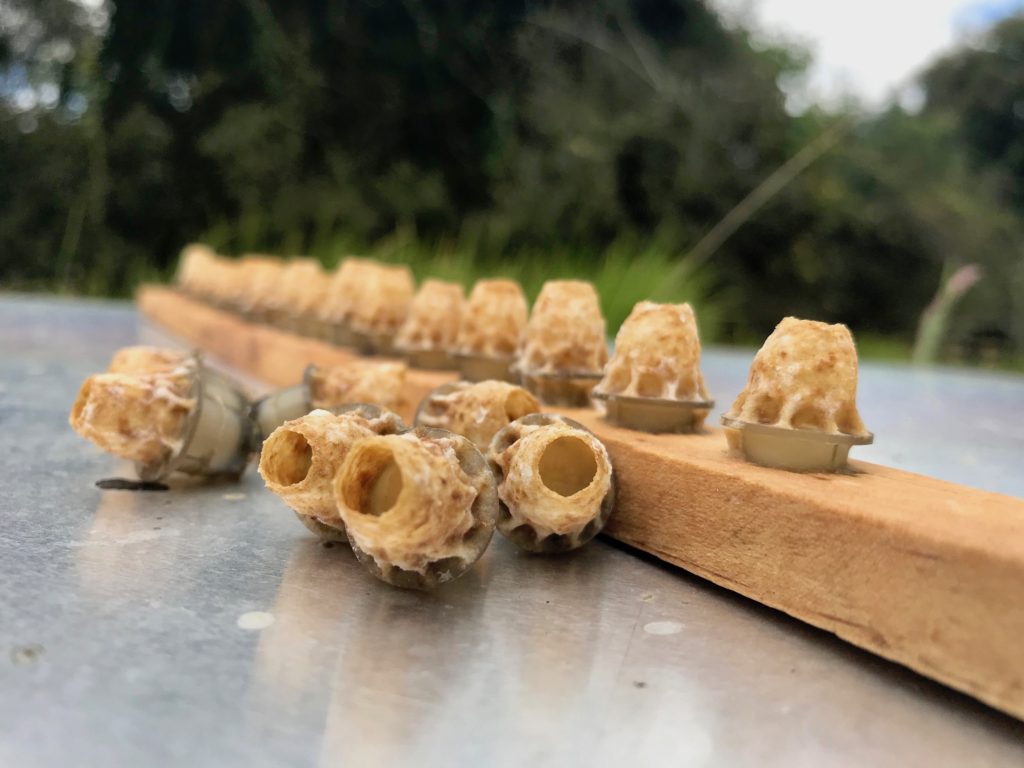
Royal Jelly Facts
RJ is a true superfood. The literature reports that RJ is composed of sugars (7.5 to 15% and about 80% of them are Glucose and Fructose), proteins (it contains more than 50% of its dry weight), free amino acids (essential and non-essential), peptides (most of them have antioxidant properties), vitamins (see table below), minerals and trace minerals, and probably the most critical nutrient in RJ are different kinds of fats.
These are the ones that give Royal Jelly most of its Health Properties. (J.M. Alvarez-Suarez (ed.), Bee Products – Chemical and Biological Properties, 2017)
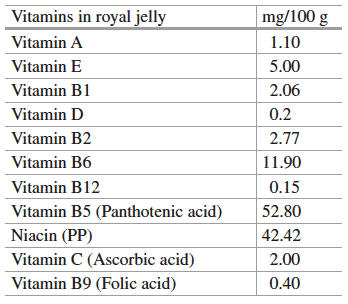
So, all these nutrients, especially fatty acids, provide RJ with excellent potential to prevent and treat several health issues.
Research has found that RJ has the following effects: immunomodulation (has positive effects on cancer, allergy, and inflammation), antibacterial, antioxidant, anti-inflammatory, vasodilative, hypotensive, hypocholesterolemic, hepatoprotective, and antitumor activity.
The literature on these topics is too vast for this post; however, you can read this recent book to know more about the RJ health benefits.
Want to learn about Bee Pollen Benefits?
How to consume it?
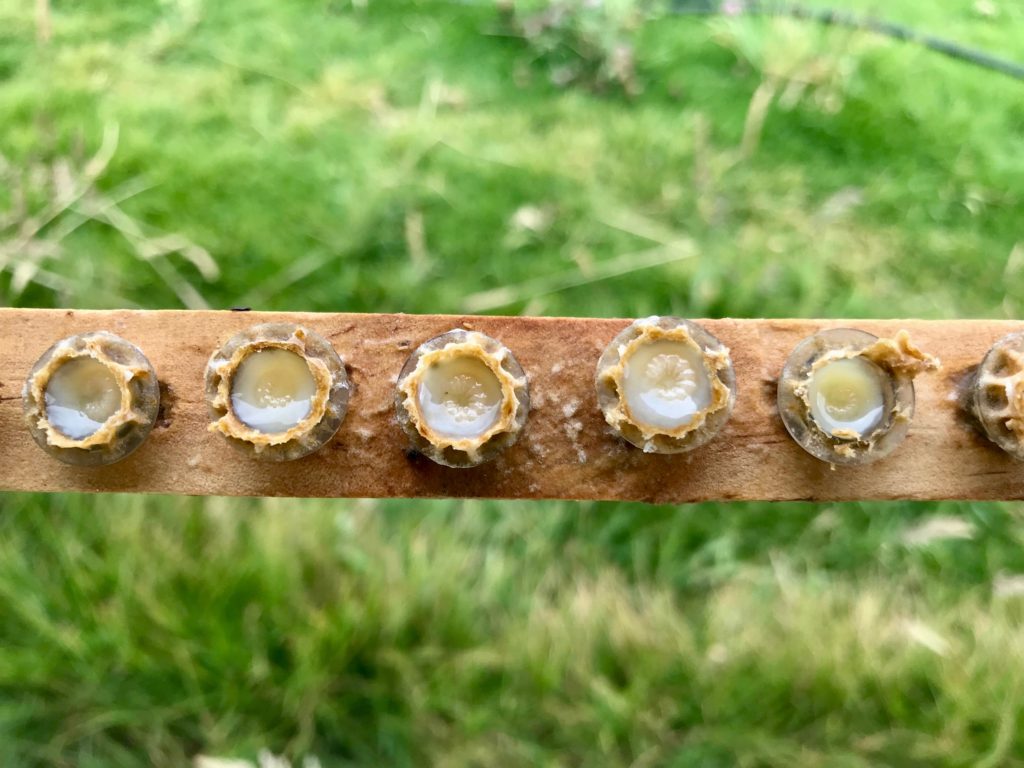
Royal jelly comes in two presentations, fresh and lyophilized (dehydrated at freezing temperatures, so it keeps all its nutrients). If you want to consume RJ fresh, there are some considerations to keep in mind.
This product is very susceptible to environmental factors, so it must be protected from them. When harvested, it has to be frozen immediately and kept that way all the time, and it has to be in dark containers so the sunlight does not damage its fatty acids.
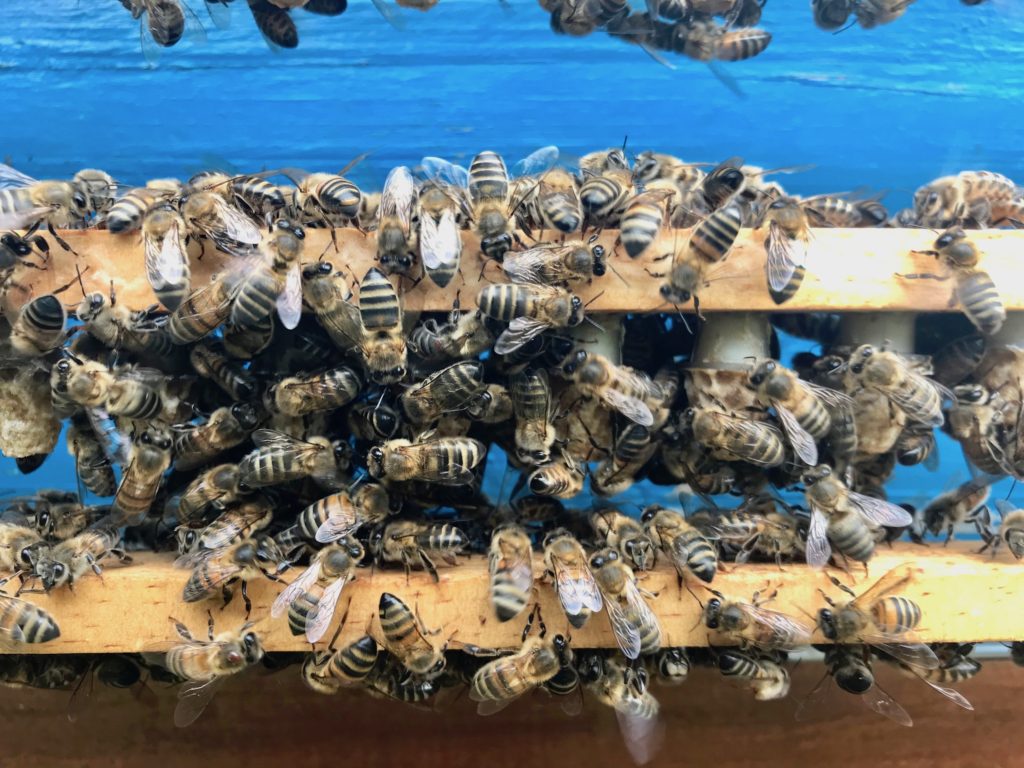
The dehydrated version is in capsules and can be kept on the counter without refrigeration but away from direct sunlight.
There are no official recommendations on RJ consumption on how much you can take daily. However, the research suggests that anyone can benefit by taking 1 to 3 grams daily.
Did you know you can Eat Honeycomb? Read this post to learn more.
Can Bee Pollen go bad? Learn this post next.
Finally, we have recently been featured in GoSolo magazine; find the whole article here.
Buy on Amazon our HummingBee Bee Products.
What is beeswax
We continue with the series of articles about bee products from glandular secretions; last time,…
Best Lip Balm to Keep Dry, Chapped Lips Hydrated Year-Round
While there is hardly a consensus among lip balms customers on the best lip balm,…
What are Bee Pollen Granules and how to consume it. Part 1.
If you look around the internet, you’ll find a significant amount of information about bee…
Can Honey Go Bad?
Like any food, raw honey can go bad. However, raw honey has some fascinating properties…
Bee Pollen Benefits
If you look around the internet, you’ll find a significant amount of information about bee…
Lip Balm For Men To Help Protect Your Lips
Lip skin is much thinner than the rest of your skin; that is true for…
